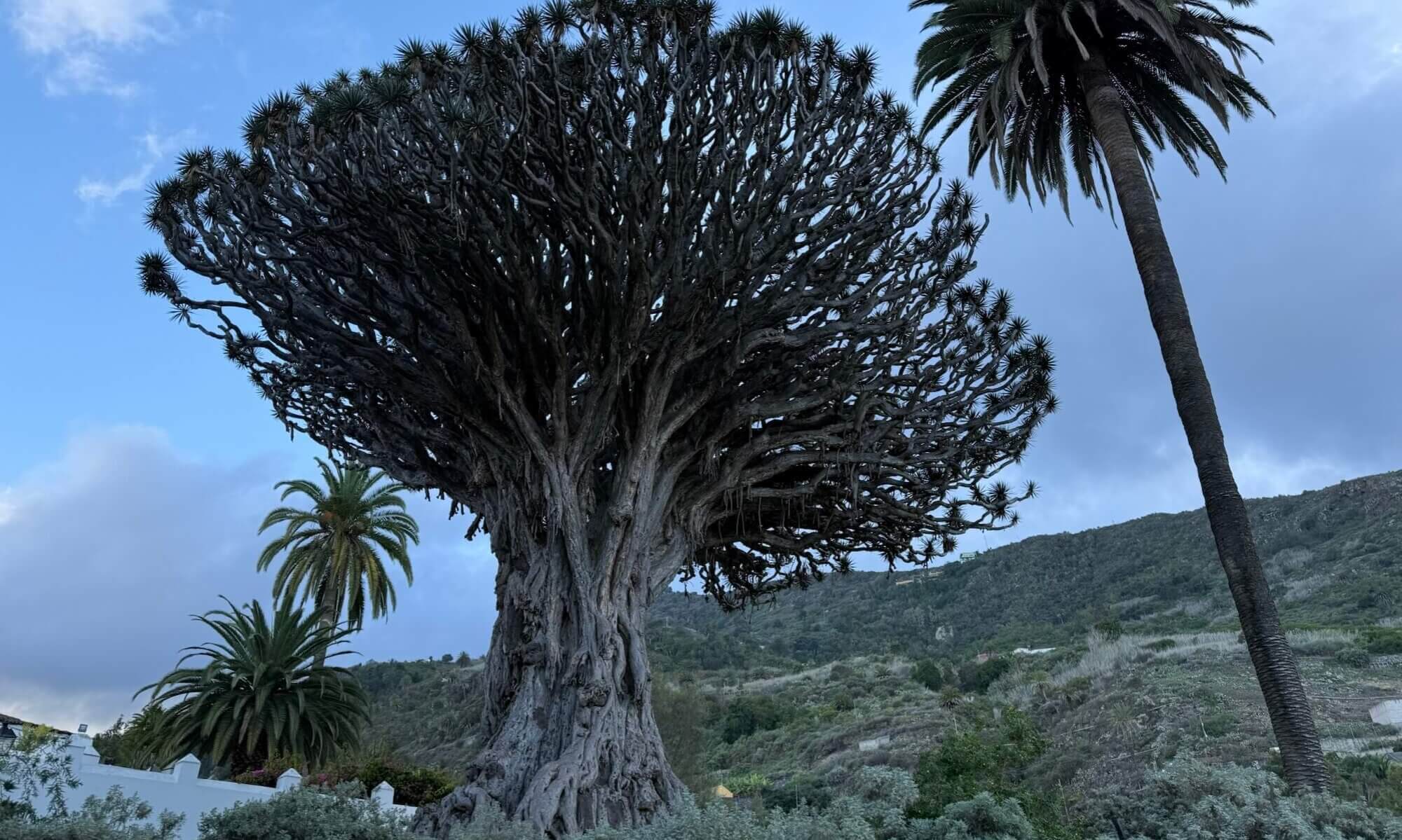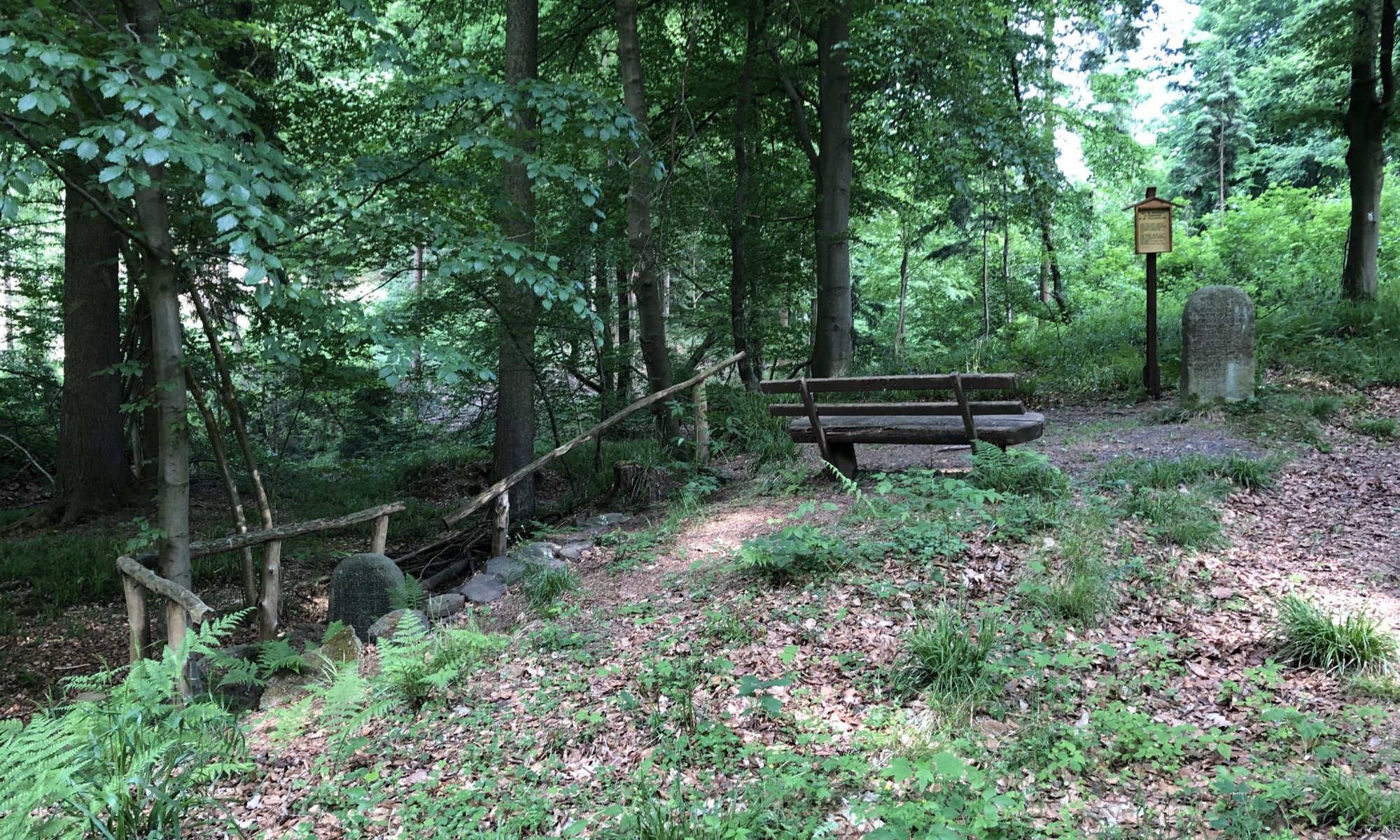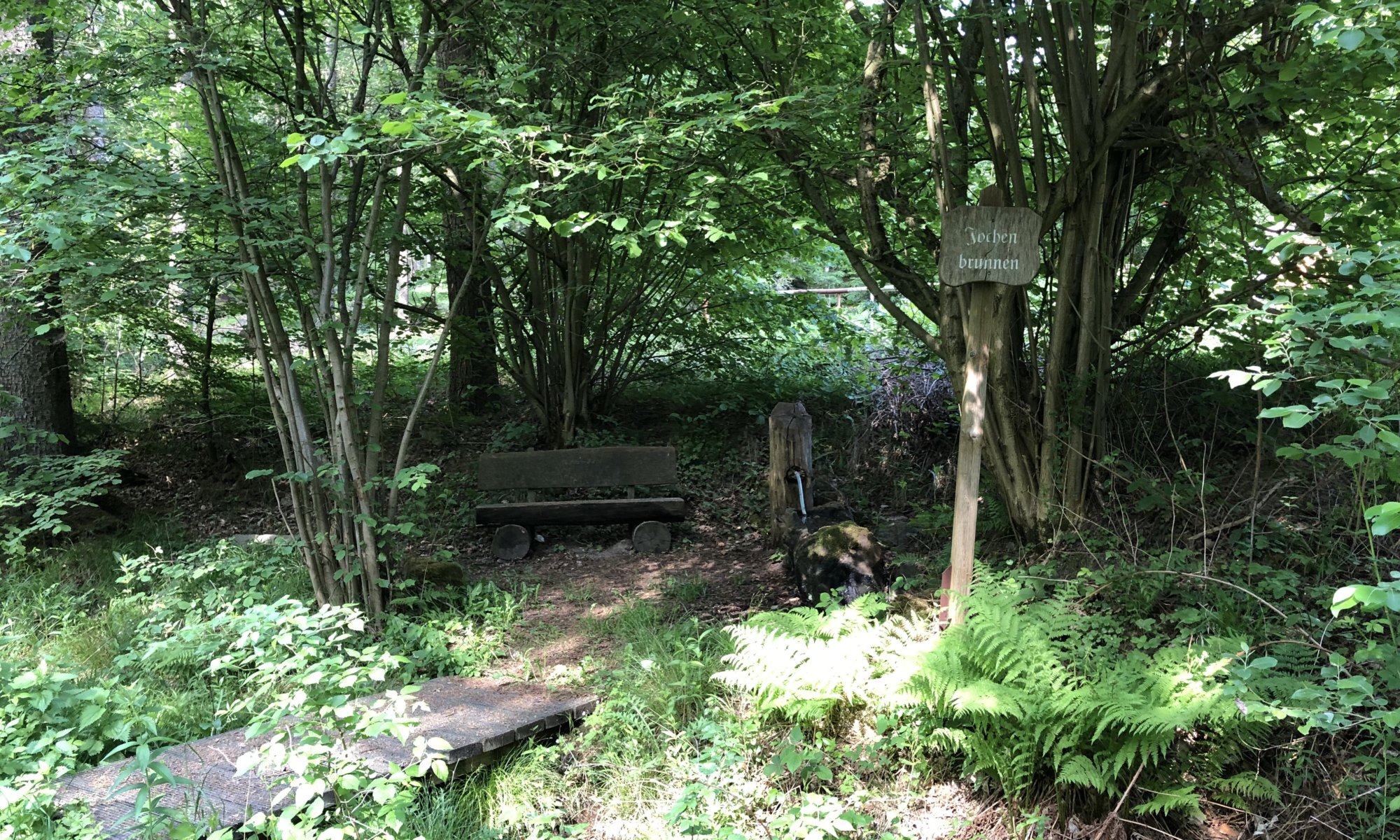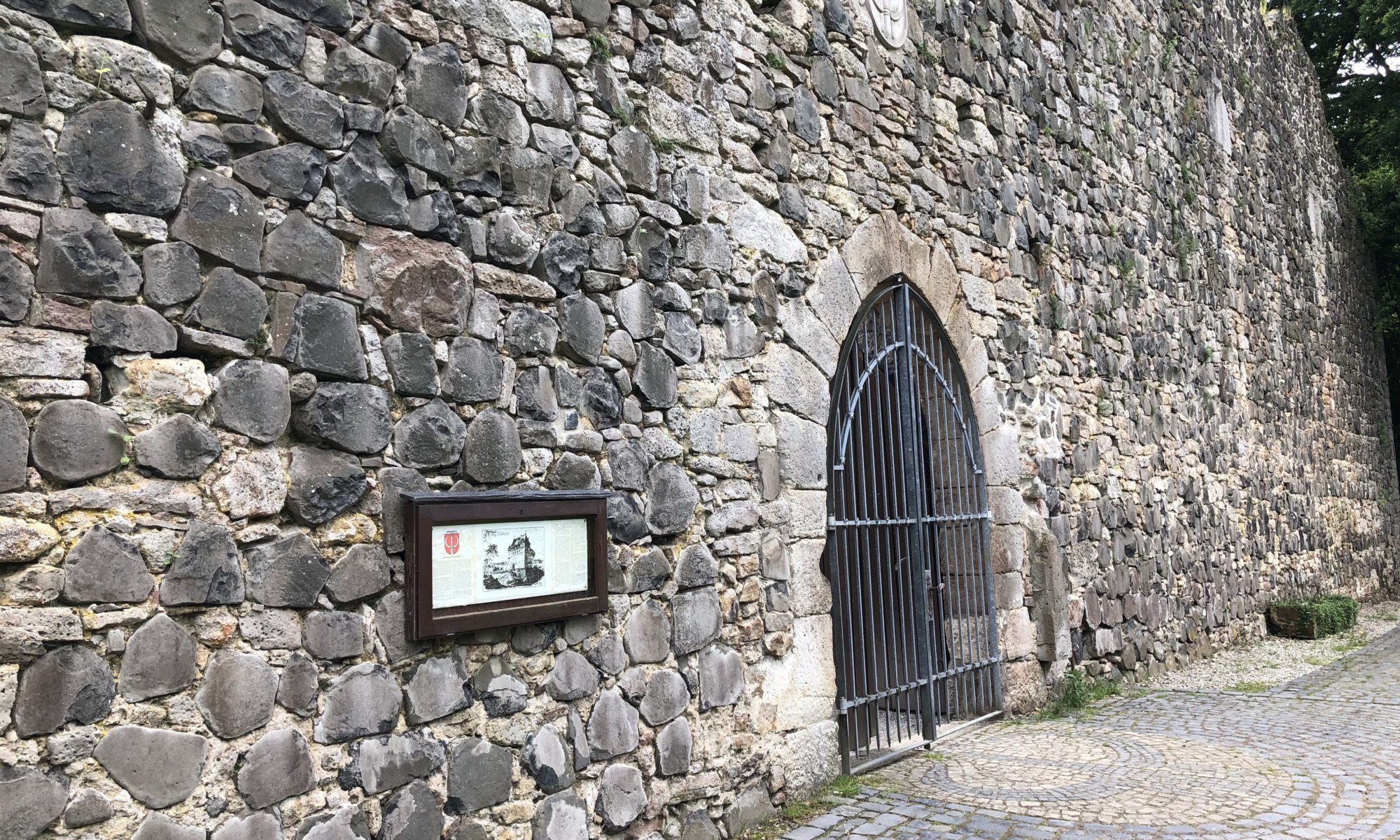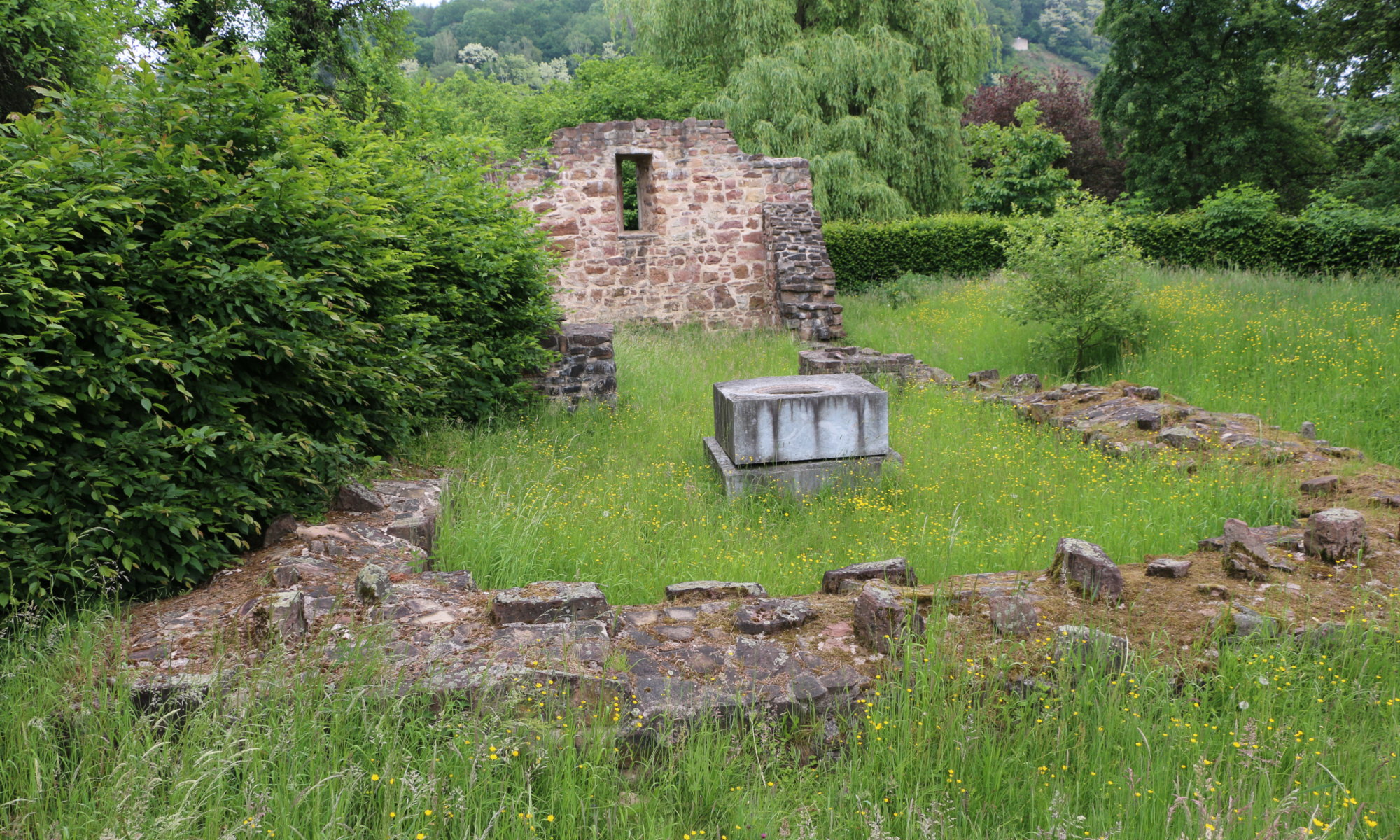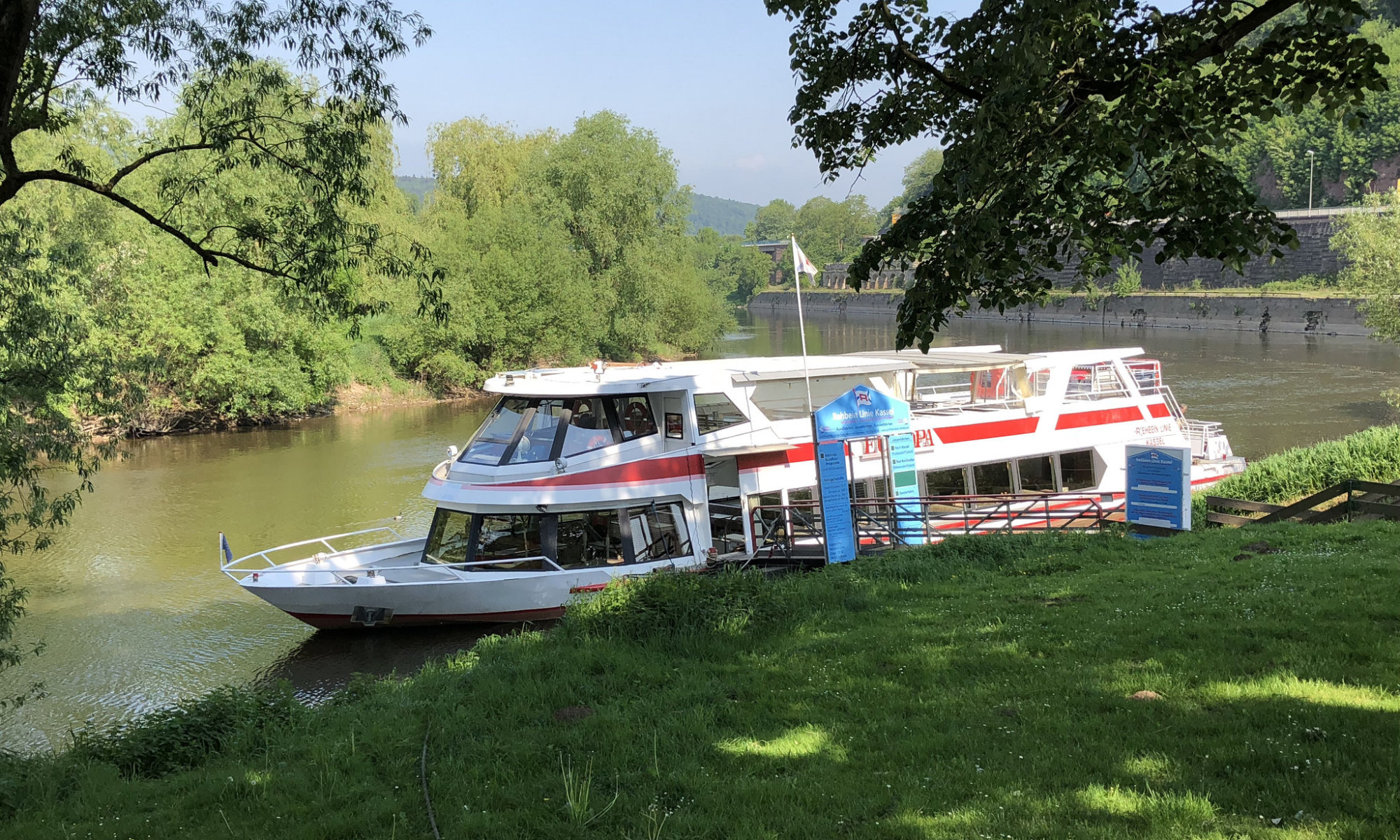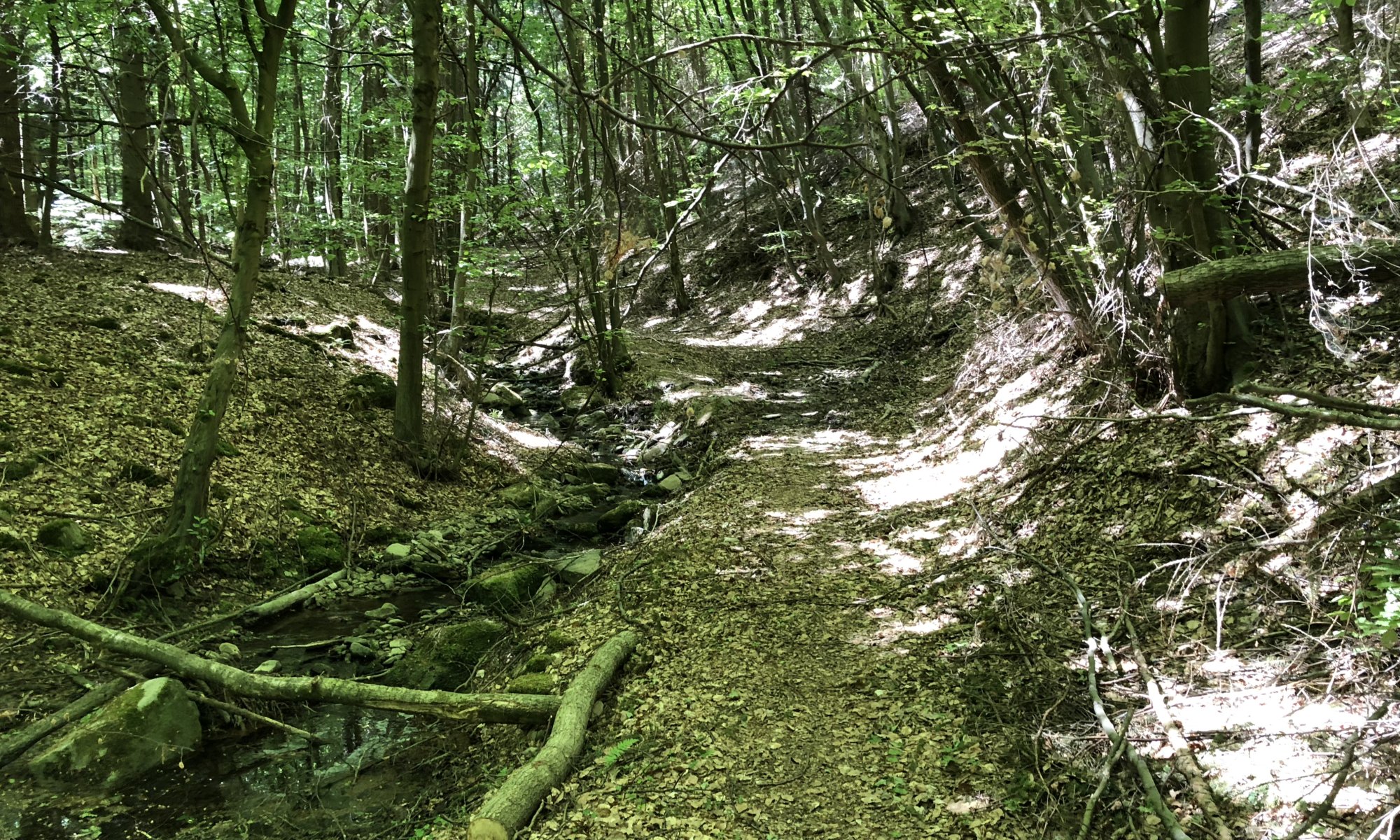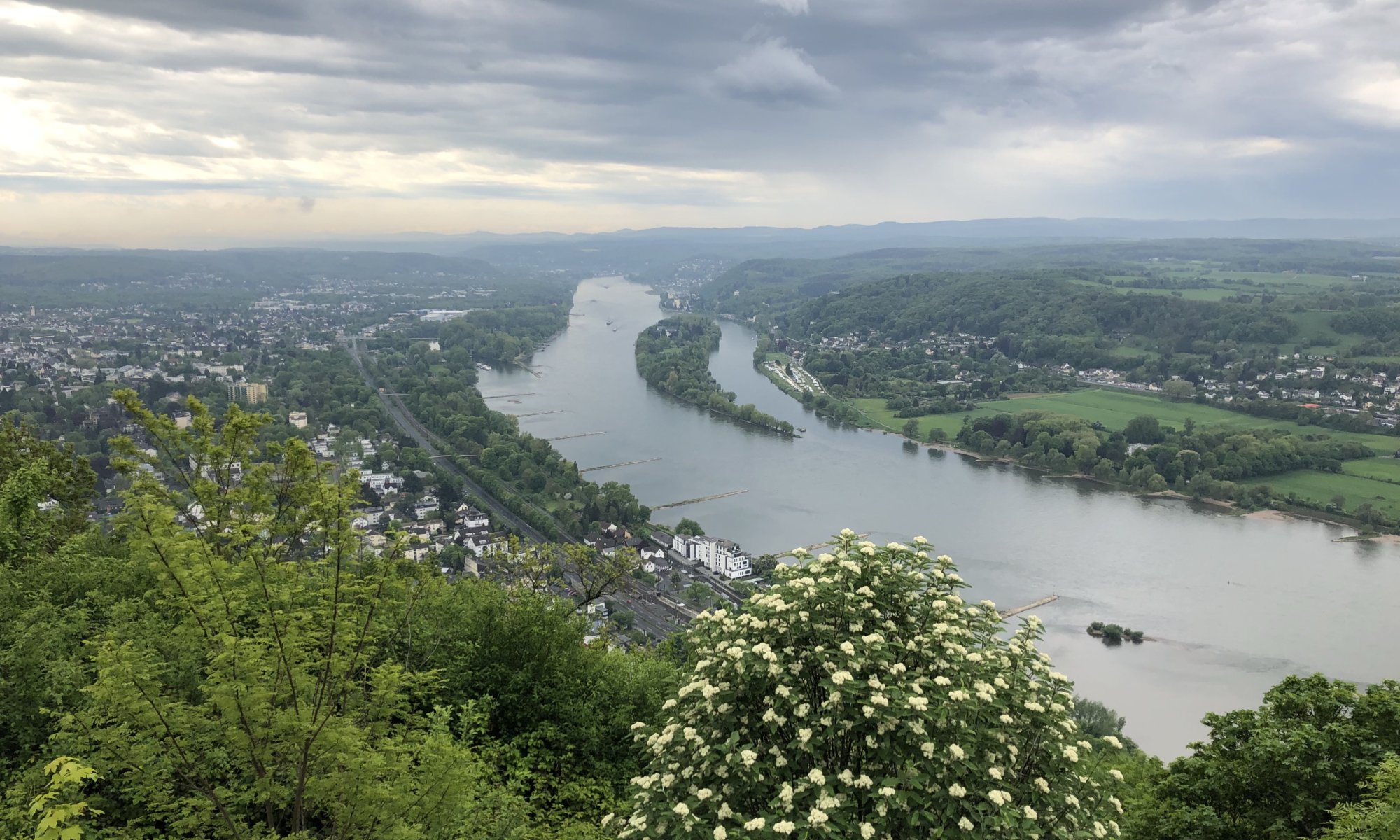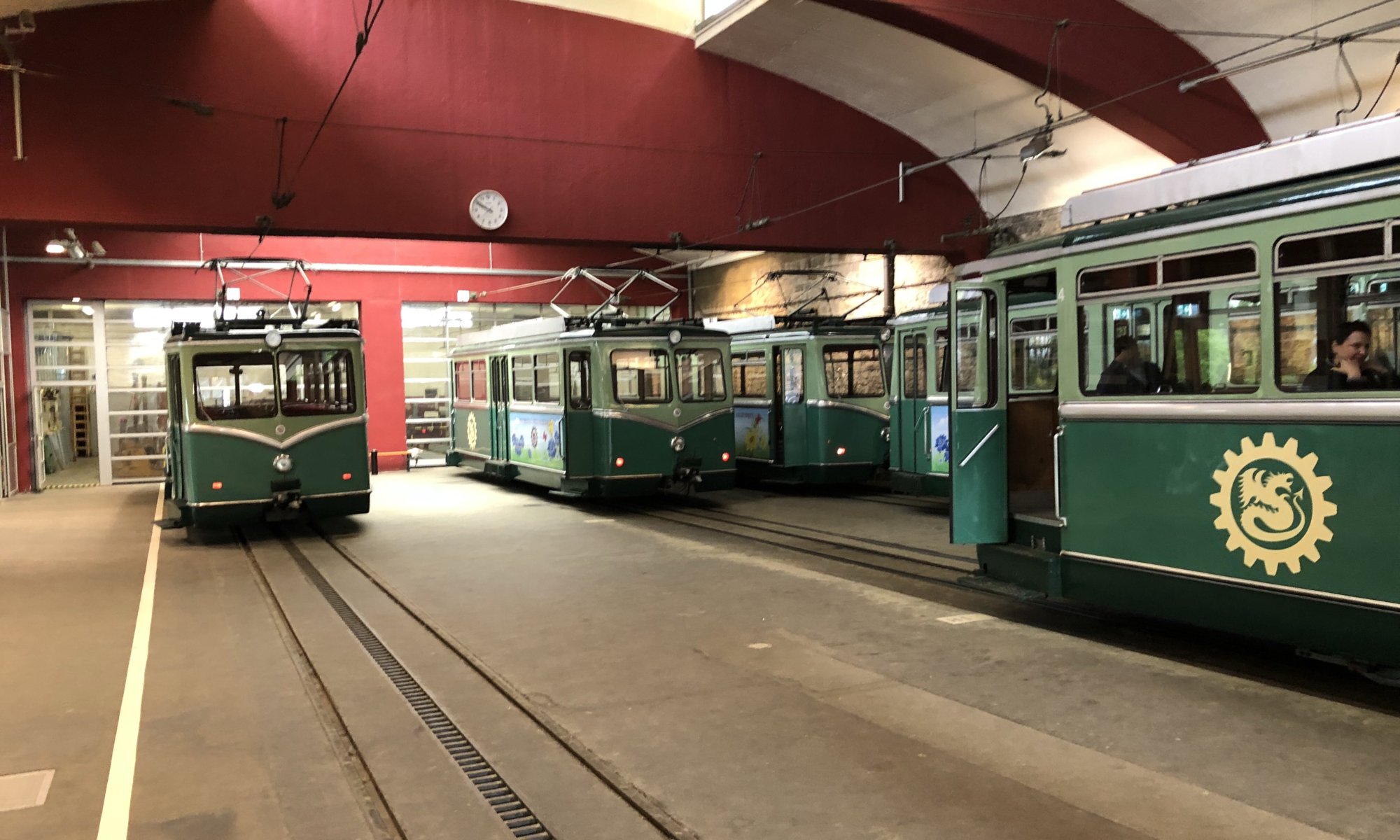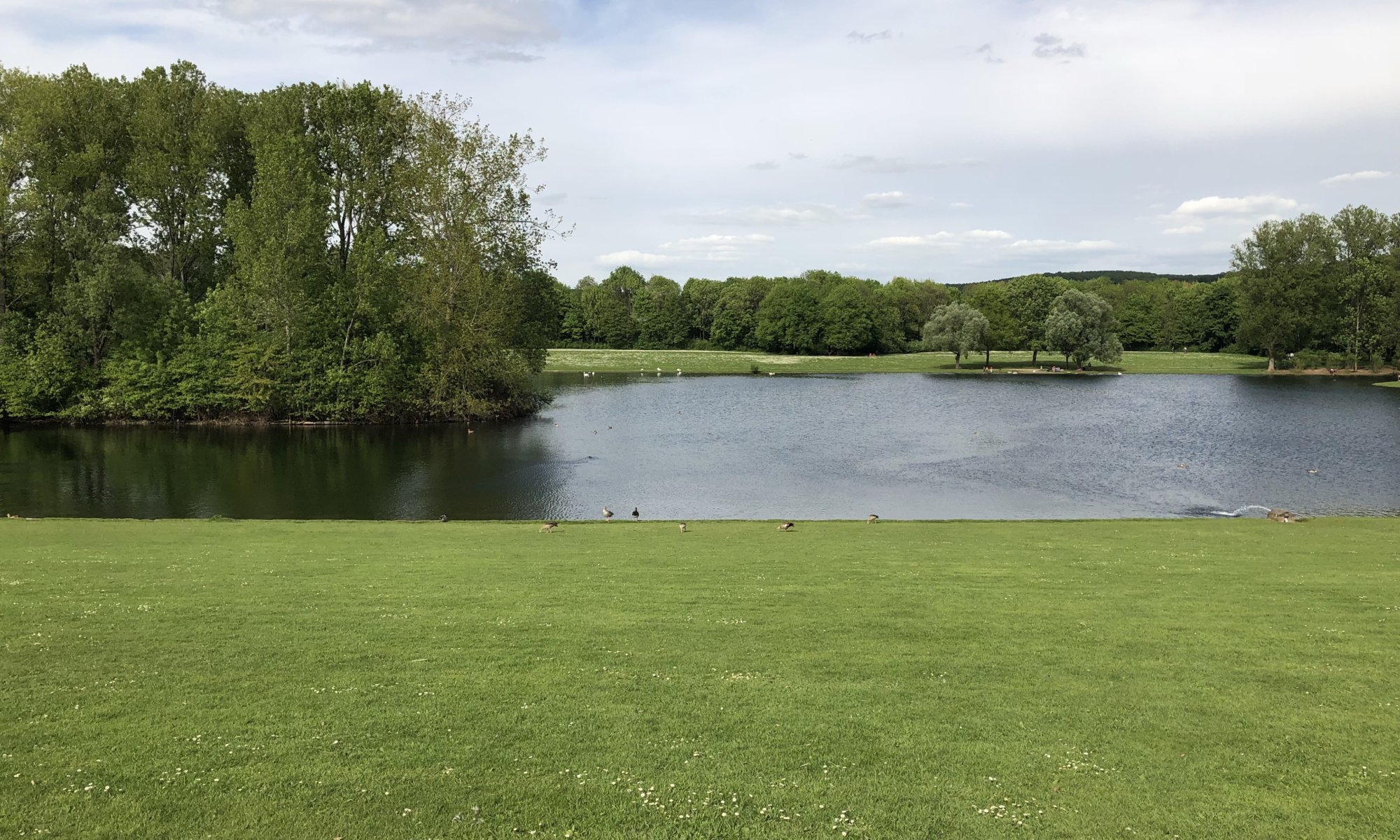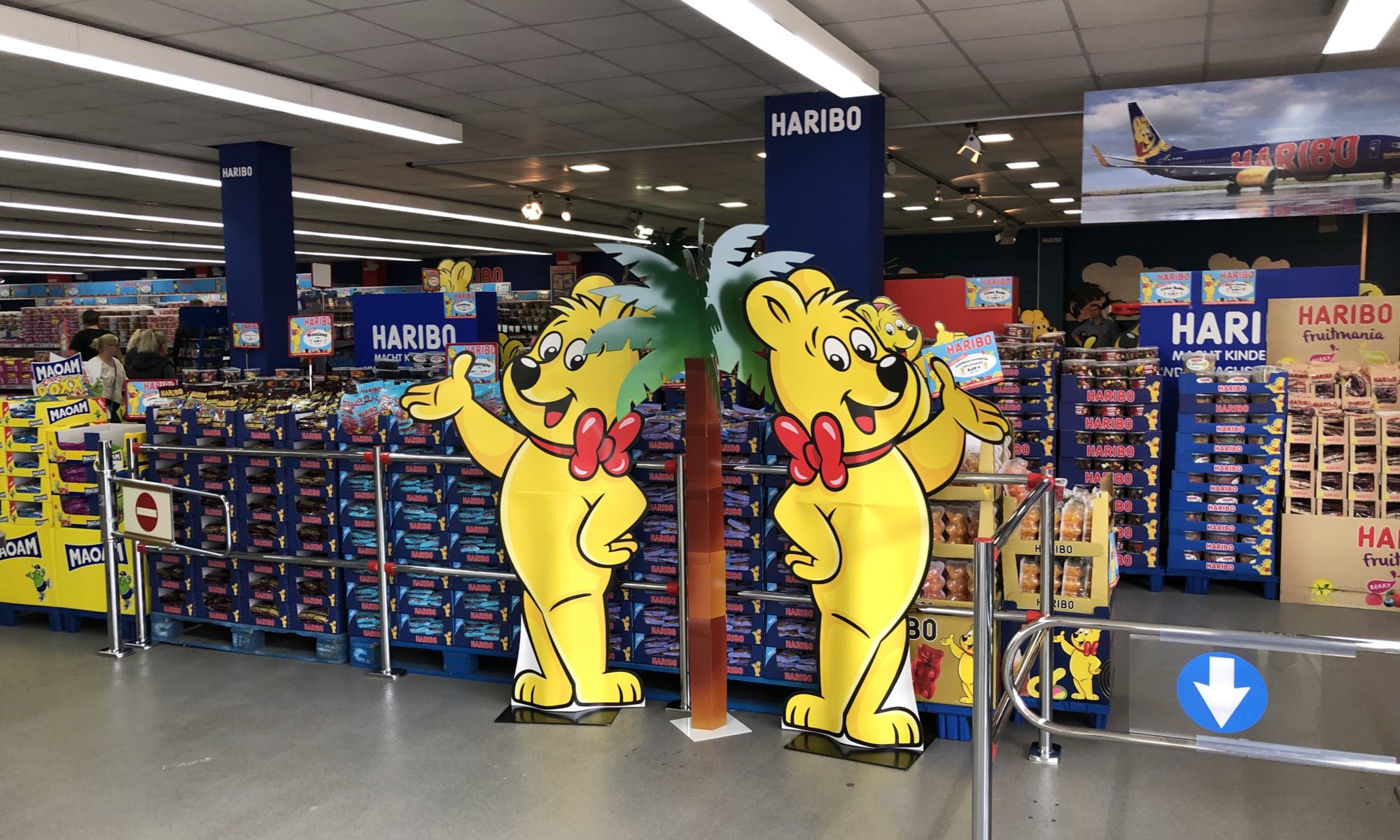The reason why the two stones have been placed at the Steinbachtal near the ‘Franzosenbrücke‘ at Hann. Münden, Germany is a bad one: two merchants have been killed there in 1614, Johann Kessler and Georg Schmalkalden von Saltz. They have been robbed and died there on their way back home. Continue reading “Mordsteine”
Jochenbrunnen
If you walk up through the Steinbachtal from Bonaforth, Hann. Münden, Germany you have to go steadily up the hill and might need some rest and fresh water. And that is exactly what the Jochenbrunnen offers you – if you’re able to find it. Continue reading “Jochenbrunnen”
Burgruine Sichelnstein
The Burgruine Sichelnstein can be found at the village Sichelnstein belonging to Staufenberg, Germany. It has been built before the year 933 CE and has the shape of a horseshoe. Today it is used only for cultural events and it is closed for visitors outside of events – you can only walk around. Continue reading “Burgruine Sichelnstein”
Church ruin St. Laurentius
The roots of the city of Hann. Münden, Germany are at the city quarter Altmünden and there – between high hedges – you will find the ruin of the church (called St. Laurentius) of this place formerly called Gemundi. It was first mentioned in the year 800 CE. Continue reading “Church ruin St. Laurentius”
Cruising on Fulda and Weser
Hann. Münden, Germany is a city located at three rivers: Werra, Fulda and Weser. Obviously going on a boat tour is a good idea. And as the owners of the Rehbein-Linie are searching already since a long time for someone to take over their business and their ship named Europa we decided to do it now before it might become impossibly. Continue reading “Cruising on Fulda and Weser”
Glasebachweg
The Glasebach is a small river that runs into river Werra near the restaurant Spiegelburg (Zella) close to Laubach, Hann. Münden, Germany. It received its name because of the fact that once glass was produced there. The river floats through a nice small mountainous valley that can be divided into three sections. Continue reading “Glasebachweg”
Drachenfels
The Drachenfels is a 321 meters high mountain in Königswinter, Germany. It contains a castle ruin dating back to the year 1167 CE and a modern visitors center with a restaurant and very good views on river Rhein. You can get to the top by using Germany’s oldest cog railway – the Drachenfelsbahn. Continue reading “Drachenfels”
Drachenfelsbahn
The Drachenfelsbahn in Königswinter, Germany is Germany’s oldest dog railway – dating back to the year 1883. On a 1 meter wide track the trains transport passengers up to the Drachenfels with a stop in the middle at the castle Drachenburg and the Nibelungenhalle.
Rheinauenpark
If you need some fresh air and a walk in the sun at Bonn, Germany the Freizeitpark Rheinaue might be the right place. It is a green area outside of the city directly at the river Rhein. You’ll find vast green fields, small playgrounds, an artificial lake with boats, a beautiful Japanese garden, a restaurant and a beer garden.
Continue reading “Rheinauenpark”Kids and grown-ups love it so
If you trace back the roots of the famous gummibears you’ll end up at Bonn, Germany (HARIBO=Hans Riegel, Bonn). At the location of the former factory you’ll find the factory outlet shop where you can buy plenty of candy. Not all kinds they produce but a vast amount. Continue reading “Kids and grown-ups love it so”
